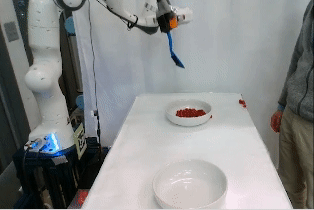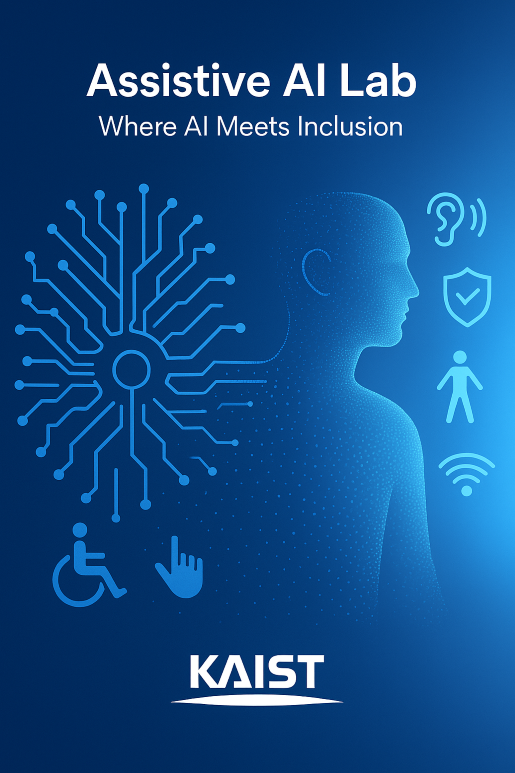-
Mouth-based touchpad enables people living with paralysis to interact with computers
•
When Tomás Vega SM ’19 was 5 years old, he began to stutter. The experience gave him an appreciation for the adversity that can come with a disability. It also showed him the power of technology. “A keyboard and a mouse were outlets,” Vega says. “They allowed me to be fluent in the things I…
-
MIT scientists learn how to control muscles with light
•
For people with paralysis or amputation, neuroprosthetic systems that artificially stimulate muscle contraction with electrical current can help them regain limb function. However, despite many years of research, this type of prosthesis is not widely used because it leads to rapid muscle fatigue and poor control. MIT researchers have developed a new approach that…
-
Robotic “SuperLimbs” could help moonwalkers recover from falls
•
Need a moment of levity? Try watching videos of astronauts falling on the moon. NASA’s outtakes of Apollo astronauts tripping and stumbling as they bounce in slow motion are delightfully relatable. For MIT engineers, the lunar bloopers also highlight an opportunity to innovate. “Astronauts are physically very capable, but they can struggle on the…
-
The MIT Edgerton Center’s third annual showcase dazzles onlookers
•
On April 9, a trailer with the words “Born by Fire” emblazoned on the back pulled down MIT’s North Corridor (a.k.a. the Outfinite). Students, clad in orange construction vests, maneuvered their futuristic creation out of the trailer, eliciting a surge of curious bystanders. The aerodynamic shell is covered by 5 square meters of solar…
-
New software enables blind and low-vision users to create interactive, accessible charts
•
A growing number of tools enable users to make online data representations, like charts, that are accessible for people who are blind or have low vision. However, most tools require an existing visual chart that can then be converted into an accessible format. This creates barriers that prevent blind and low-vision users from building…
-

Engineering household robots to have a little common sense
•
From wiping up spills to serving up food, robots are being taught to carry out increasingly complicated household tasks. Many such home-bot trainees are learning through imitation; they are programmed to copy the motions that a human physically guides them through. It turns out that robots are excellent mimics. But unless engineers also program…
Welcome to Assistive AI Lab Where AI Meets Inclusion
At Assistive AI Lab, we are dedicated to developing cutting-edge artificial intelligence technologies to enhance accessibility and empower individuals with diverse needs. Our interdisciplinary team passionately pursues innovative research and practical solutions, bridging the gap between advanced AI techniques and inclusive, real-world applications.
Our mission is to ensure that artificial intelligence benefits everyone, particularly those traditionally underserved by technology. By focusing on accessibility, usability, and human-centered design, our lab creates transformative tools and systems that facilitate greater independence, inclusion, and quality of life.
We specialize in:
- Assistive Technology Development: Creating intelligent solutions that improve daily living, communication, and mobility.
- Inclusive AI Systems: Ensuring AI applications are designed to be universally accessible and beneficial.
- Human-Centered Innovation: Collaborating closely with users and communities to develop meaningful, impactful technologies.
Join us in shaping a future where artificial intelligence genuinely meets the needs of all individuals, fostering a society that is truly inclusive and accessible.

